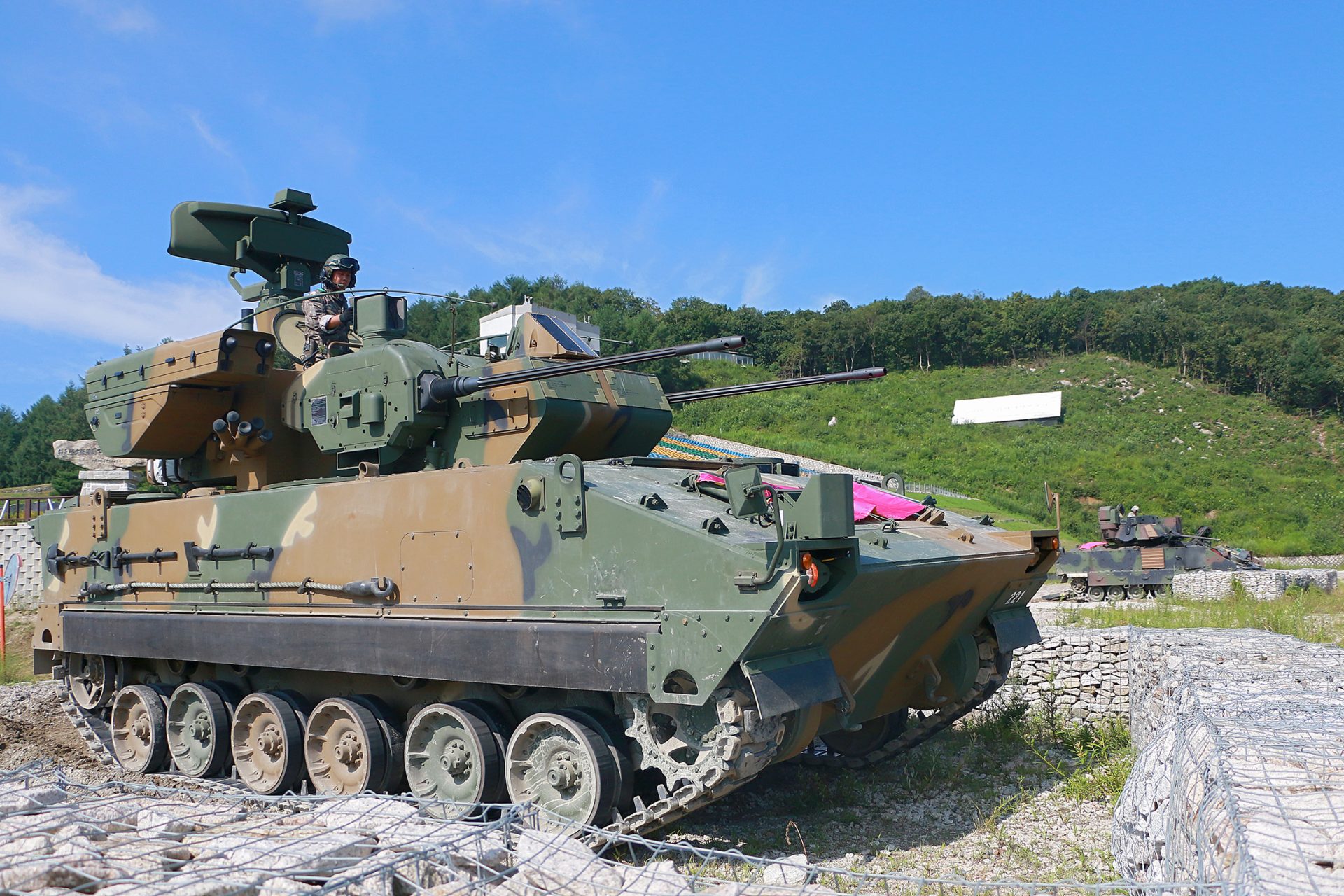Anti-aircraft guns are a vital piece of military equipment that is used to fire at formations of objects in the air. Weapons and equipment play a critical part in military conflicts, and now we will show you the Top 10 Best Self Propelled Anti Aircraft Guns In The World.
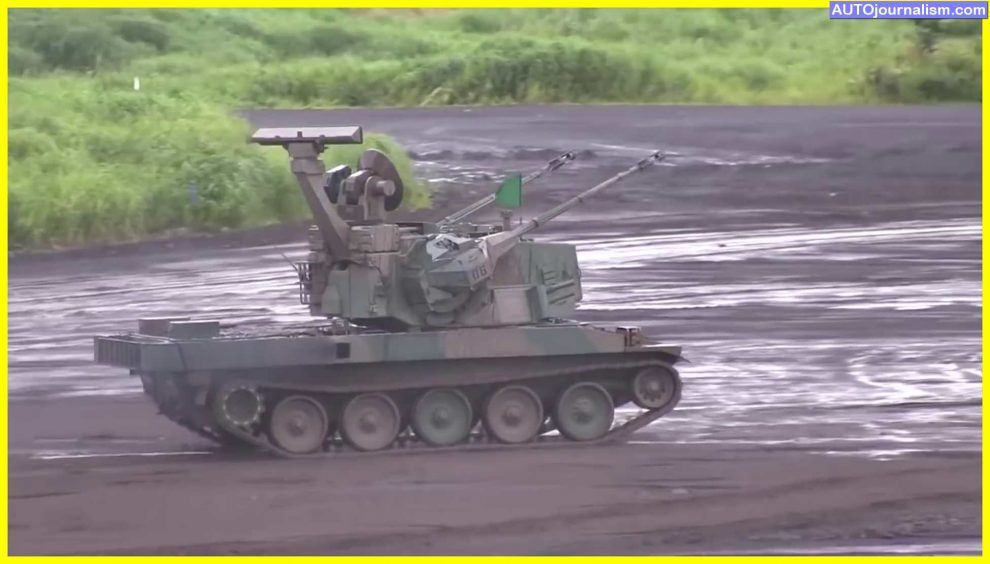
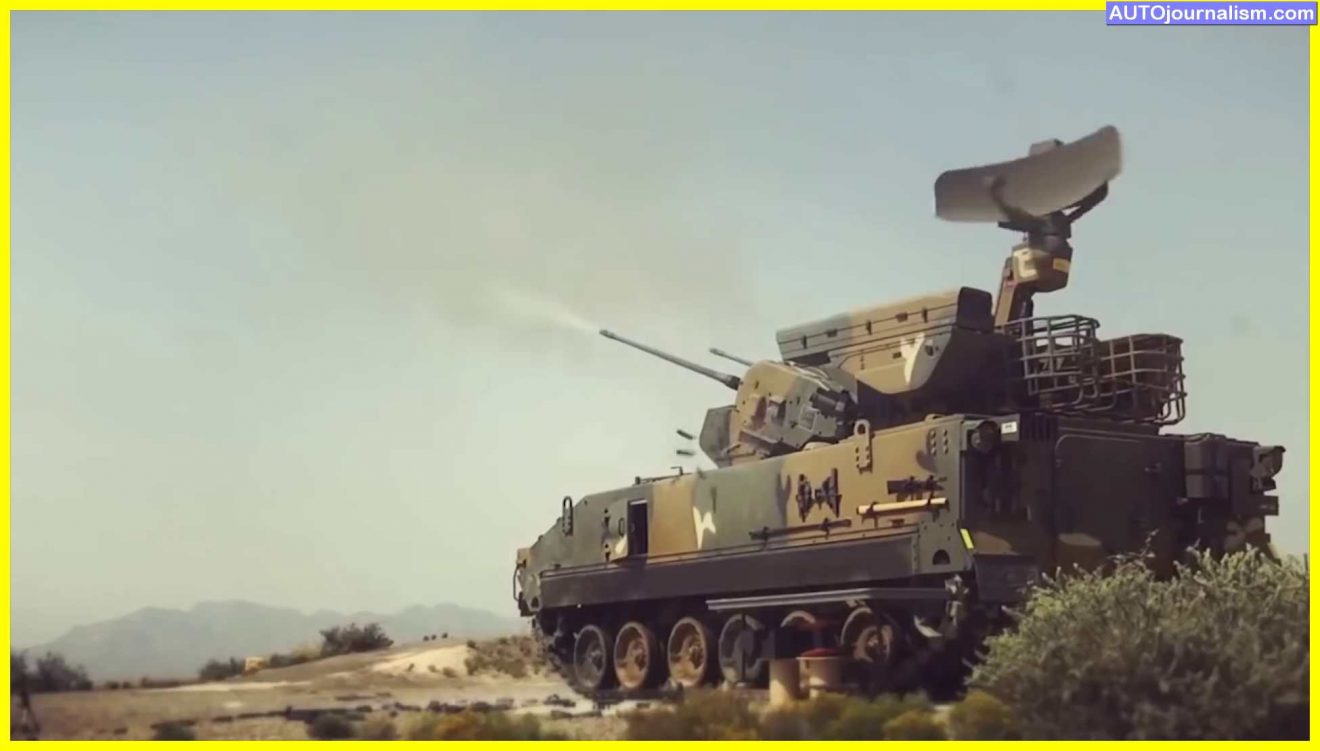
1: PGZ – 95 ( Anti-Aircraft Gun )
The PGZ – 95, also known as the type 95, is a Chinese self-propelled anti-aircraft gun that was developed in the mid-1980s and entered service with the Chinese army in the late 1990s. The PGZ is equipped with a combination of gun and missile weaponry.
The vehicle is armed with four 25mm gas-operated guns with a combined rate of fire of up to 3,200 rpm. The guns are replenished automatically.
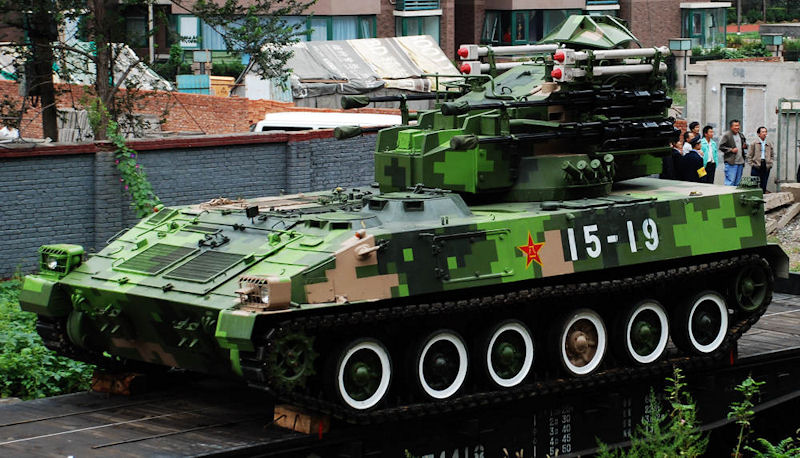
The Type 95 can fire its cannons accurately while on the move, and it can even fight light-armored vehicles. Up to four QW to short-range infrared homing surface-to-air missiles can be carried by the PGZ-95. The PGZ-95’s armor protects against small weapons fire and splinters from artillery shells.
2: GEPARD ( Anti-Aircraft Gun )
The GEPARD self-propelled anti-aircraft gun was designed as a private venture in the 1960s, with the first prototypes manufactured in 1968. It entered service with the Bundeswehr as the flak panzer one shepherd in 1973. It is equipped with twin Oerlikon GDF 35-millimeter guns. A single gun’s maximum rate of fire is 550 rounds per minute.
The ammunition load of the jeopardy includes 640 armor-piercing incendiary rounds for air targets and 40 armor-piercing rounds for ground targets.
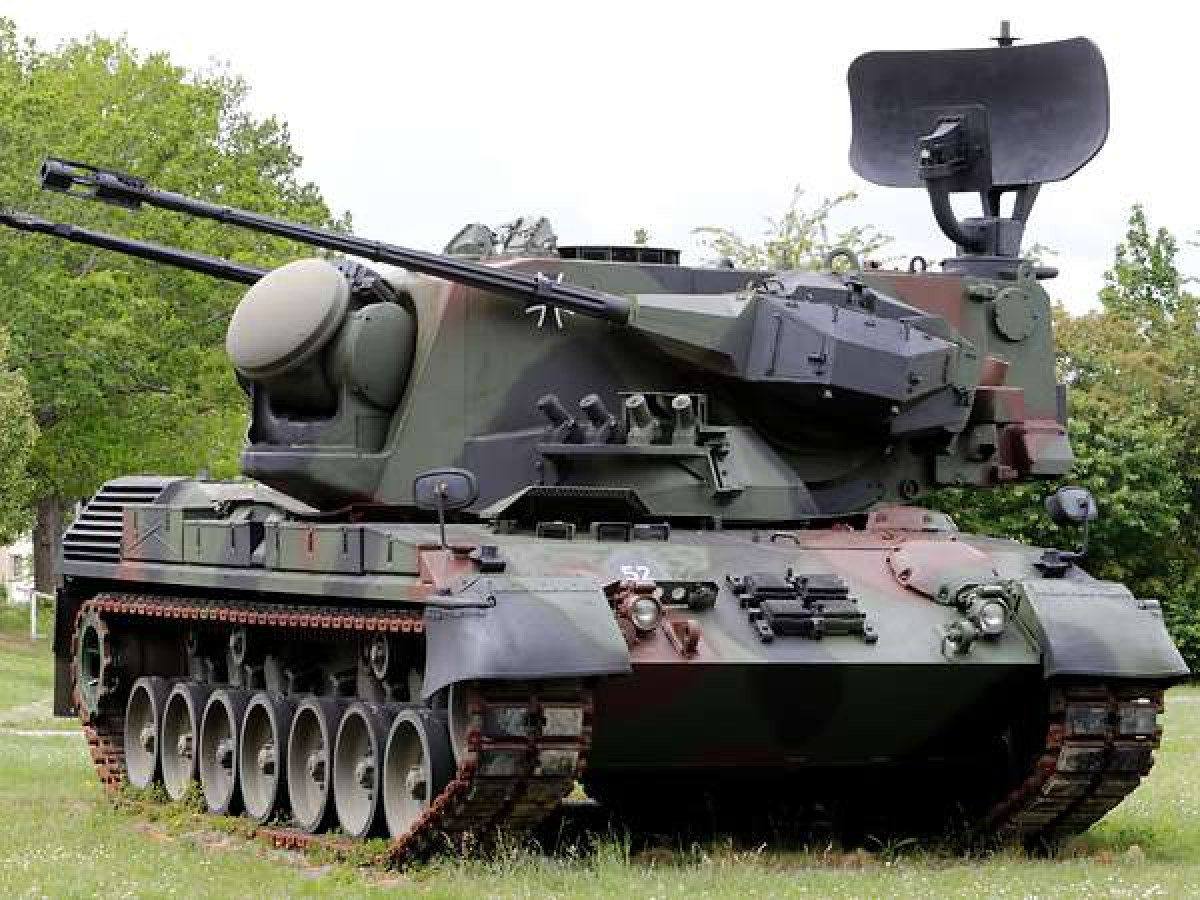
The Jefford’s hull protects against small-caliber cannon fire, while the turret merely protects against small weapons fire and artillery shell splinters. It also has an NBC protection system installed.
3: SIDAM 25 ( Anti-Aircraft Gun )
The SIDAM 25 self-propelled anti-aircraft gun was designed by OTO Melara and deployed by the Italian Army in 1987. The Sadam is based on the M113a1 armored personnel carrier and is equipped with four Oerlikon KP 25-millimeter guns, each firing at 570 rounds per minute. The Saddam 25 fires short bursts of 15 to 25 rounds and can attack targets flying 50 to 300 meters per second.
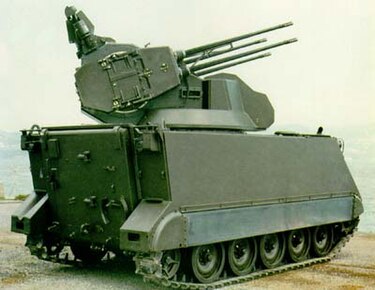
It also has significant anti-light armored vehicle and troop capabilities. The Saddam 25’s armor protects against small weapons fire and splinters from artillery shells. This system features a three-person crew, which includes the commander, gunner, and driver.
4: TYPE 87 ( Anti-Aircraft Gun )
Mitsubishi Heavy Industries developed the TYPE 87 self-propelled anti-aircraft gun for the Japanese army in the mid-1980s. It looks a lot like a German Shepherd and is equipped with twin completely stabilized Oerlikon GDF 35-millimeter cannons. These guns were licensed and manufactured in Japan, with a rate of fire of 550 rounds per minute for a single gun.
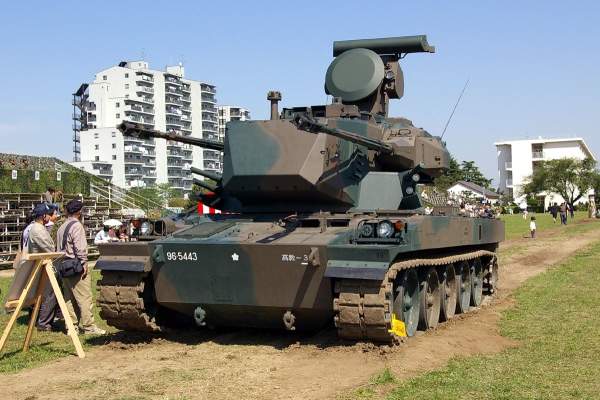
Armor-piercing incendiary and armor-piercing bullets are fired by type 87. Four kilometers is the greatest effective range against air targets. The vehicle’s type 87 armor provides protection against heavy machine guns and artillery shell splinters while on the move. Small-bore cannons cannot pierce their front arc. NBC protection and automated fire suppression systems are installed on the vehicle.
5: MARKSMAN ( Anti-Aircraft Gun )
The MARKSMAN self-propelled anti-aircraft gun was developed by Marconi, a British company with a history in radar development. The marksman is comparable to the German Shepard SP AAG. The Finnish army is the only operator of this system, having ordered seven units in 1990, locally known as the ITP SV 90. The marksman is designed to take down helicopters, low-flying aircraft, and unmanned aerial vehicles.
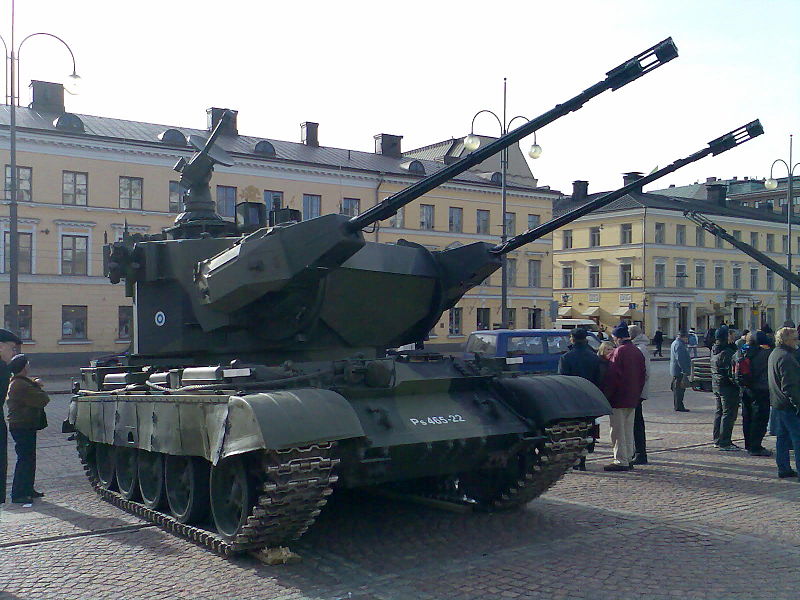
It can, however, be utilized successfully as a firefighting truck. The marksman is equipped with two 35mm Oerlikon kDa automated cannons, 460 fragmentation rounds, and 40 armor-piercing rounds, with an effective range of four to five kilometers.
6: LOARA ( Anti-Aircraft Gun )
The Loara self-propelled anti-aircraft gun was developed in Poland in the late 1990s, and trials were completed in 2001. The Lu era is currently equipped with two Oerlikon KD 35-millimeter cannons.

This firearm was licensed and manufactured in Poland. Each gun fires at a rate of 550 rounds per minute, with a maximum range of 4 kilometers against air targets. The Lu era is also effective against ground targets that are weakly armored. Surveillance and tracking radars are installed in the Lu era.
a radar-based fire control system with a laser rangefinder The Lu era is based on the Polish PT 91 main battle tank chassis, which is an upgraded variant of the Soviet t-72 MBT. The radar has a range of 26 kilometers and can track and identify up to 64 objects at once.
7: 296 TUNGUSKA ( Anti-Aircraft Gun )
The Russian low-level air defense system 296 TUNGUSKA was designed to replace the ZSU 23:4 Shilka self-propelled anti-aircraft gun and nine k31 Strela 1 and Strela 1 M 2 mobile surface-to-air missile systems. Russians regard this system as a self-propelled anti-aircraft cannon with auxiliary missile armament, as indicated by the 2 s 6 designations.
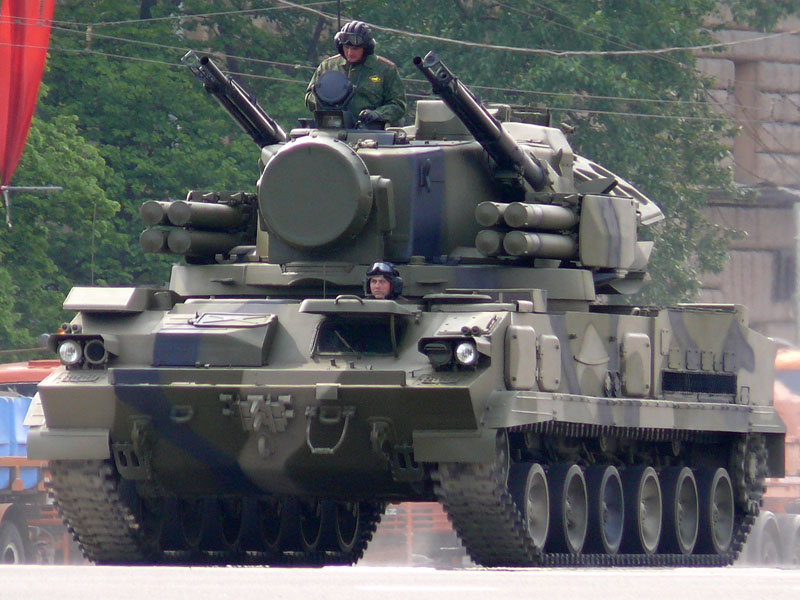
On either side, the Tunguska is armed with twin 30-millimeter guns and four/nine m3 3-1 short-range surface-to-air missiles, for a total of four 30-millimeter guns and eight missiles.
All four 30 millimeter guns have a combined rate of fire of 5,000 rounds per minute. the two s six s six s six s six s six s six s six The crew of the Tunguska is protected from small arms fire and artillery shell splinters, but it cannot survive heavy machine gunfire. Automatic fire suppression and NBC protection systems are installed on the vehicle.
8: 2S38 DERIVACIYA PVG ( Anti-Aircraft Gun )
The 2S38 DERIVACIYA PVG is a new Russian self-propelled anti-aircraft gun that was created as a concept or technology demonstrator for low-flying aircraft, helicopters, UAVs, cruise missiles, and air-to-ground missiles. It can also engage single large-caliber artillery rockets.
The 2s38 combat vehicle is built on a BMP 3 infantry fighting vehicle chassis and features a remotely controlled weapon station with a single 57-millimeter gun. This is a unique configuration for a vehicle of this class.
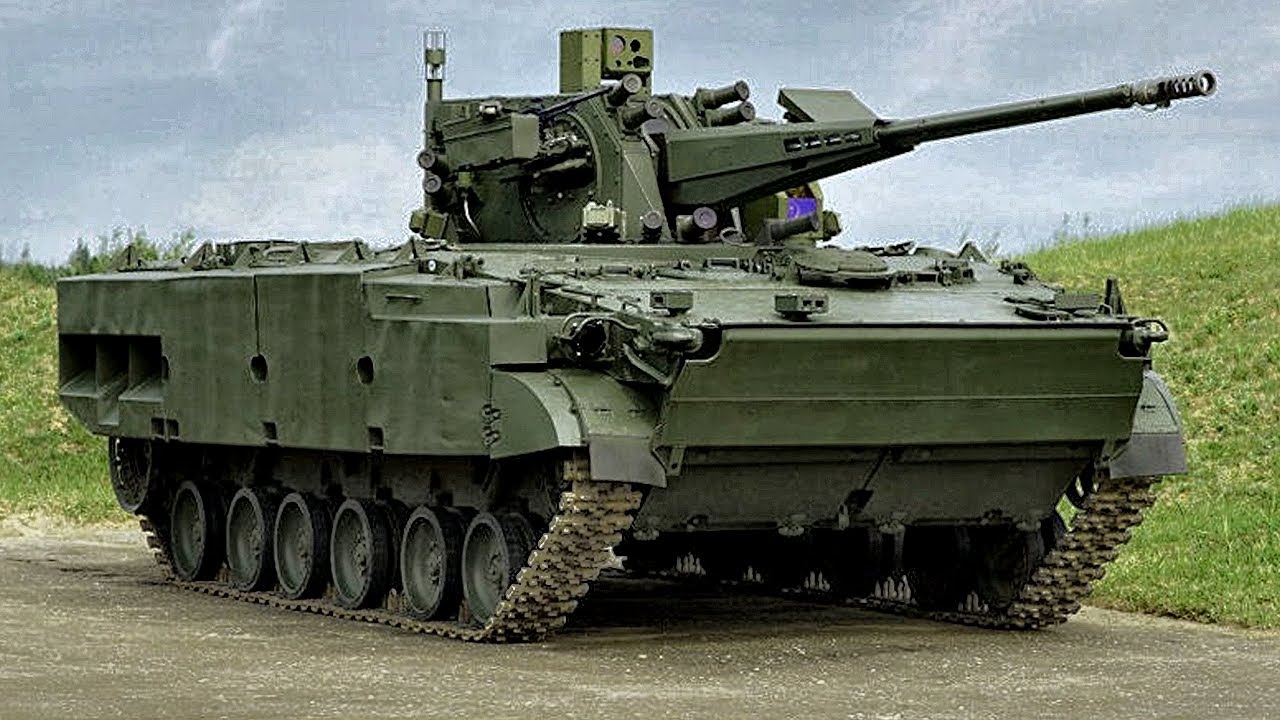
The two S3a can engage targets moving at a maximum speed of 1,800 kilometers per hour, as well as ground targets such as vehicles and infantry encamped in structures and field fortifications. Its 57-millimeter ammunition is far more devastating than the 2 s6 Tunguska’s 30-millimeter bullets.
9: PANTSIR – S1 ( Anti-Aircraft Gun )
The PANTSIR – S1 is a Russian short-range air defense system that was created to protect strategic military objectives as well as a number of point targets. This system can engage a wide range of airborne targets, including airplanes, helicopters, ballistic and cruise missiles, guided bombs, and unmanned aerial vehicles (UAVs).
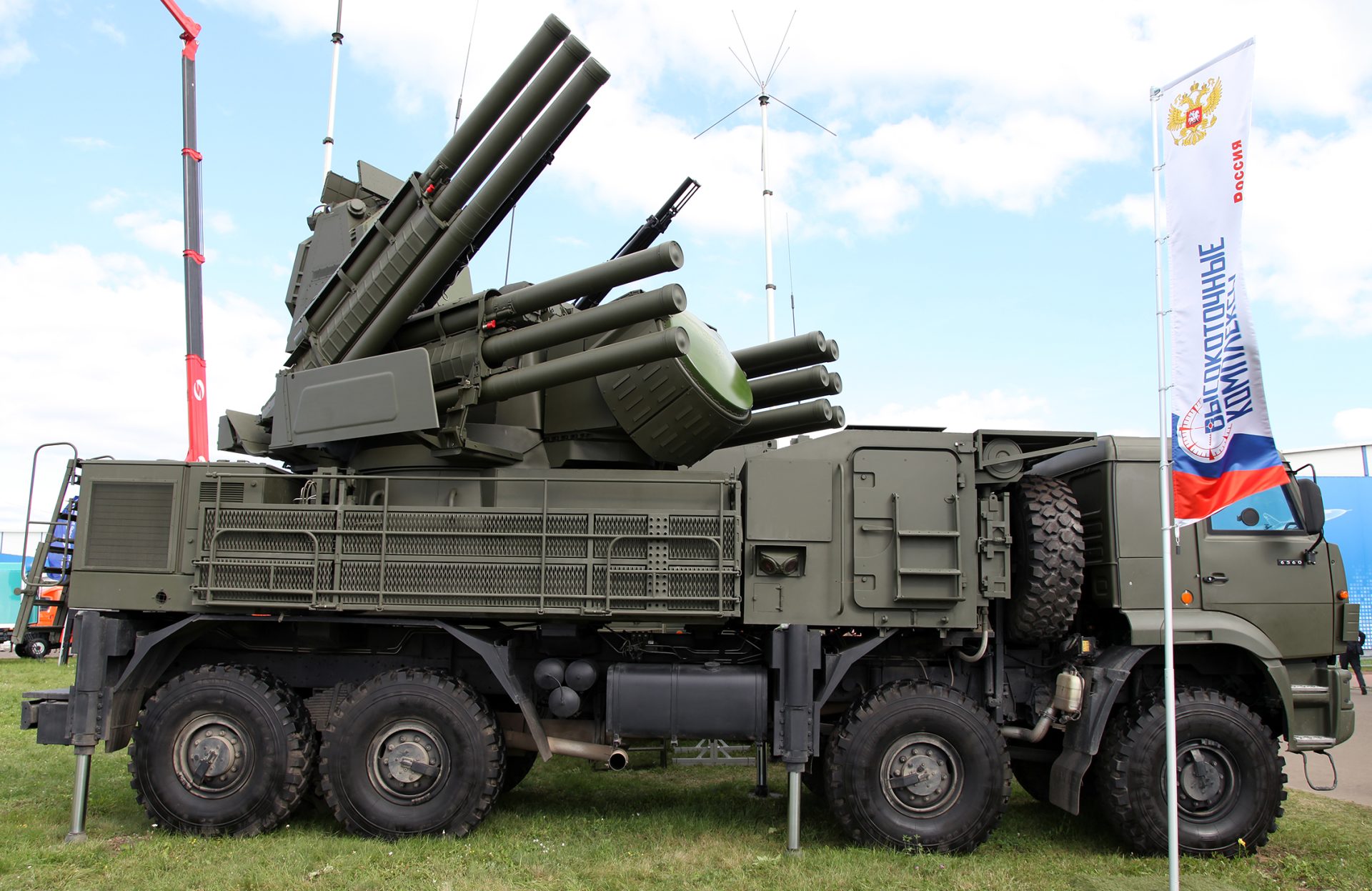
The Panther s1 is a follow-up to the two s 610 gasket air defense cannon missile systems. It is based on a tracked chassis and can carry up to 12 surface-to-air missiles in enclosed containers. The Pansear is similarly armed with two thirty-millimeter guns, comparable to the Tunguska’s.
The Panther includes a multiple band target acquisition and tracking system that identifies objects at a range of 30 kilometers and has a tracking range of over 24 kilometers. These guns can fire up to 5,000 rounds per minute and can engage targets up to four kilometers distant.
10: K30 BIHO ( Anti-Aircraft Gun )
Doosan has been developing the K30 BIHO self-propelled anti-aircraft weapons since the early 1980s to suit the operational requirements of the Republic of Korea army. The K 30 B ho is equipped with twin 30-millimeter guns. A single gun’s cyclic rate of fire is 600 rounds per minute, and each gun comes with 300 rounds of ready-to-use ammunition. High-explosive pieces are fired by the K 30 B Hope. I estimate that the effective firing range of air targets is around 3 kilometers. Against low-flying airborne targets, the K 30 has a high kill probability. the K 30 B’s body armor Small weapons fire and artillery shell splinters are protected by Howe. NBC shielding is installed on the vehicle. and automatic fire suppression systems.
